Welcome to Tissus Print, your expert in personalised fabric printing! We understand the importance of choosing the right file format for high quality results. In this guide, we explore the three main file formats used in fabric printing: JPEG, TIFF and PNG.
1. JPEG (Joint Photographic Experts Group)
The JPEG format is widely used for images on the web because of its lossy compression. While convenient for online sharing, it can have limitations when used for printing on fabric due to the potential loss of quality. However, if you choose to use a JPEG file, be sure to upload a high quality image with a resolution of 300 DPI (dots per inch) to ensure optimal results.
2. TIFF (Tagged Image File Format)
The TIFF format is our main recommendation for printing on fabrics and DTF film when you are aiming for optimum image quality. Using lossless LZW (Lempel-Ziv-Welch) compression, TIFF preserves image quality while reducing file size. For high-quality results, we recommend using the TIFF format, especially when printing on fabrics, where clarity and detail are essential.
Advantages of LZW compression :
- Reduced file size: LZW compression reduces the size of TIFF files without loss of quality.
- Lossless data support: Unlike lossy compression such as that used in the JPEG format, LZW compression does not compromise image quality.
3. PNG (Portable Network Graphics)
The PNG format is ideal where transparency is required, making it an excellent choice for DTF (Direct to Film Transfer) printing. PNG files support alpha transparency, meaning they can have transparent areas, which is essential for some printing applications. When printing to DTF film, PNG is recommended to ensure sharp, crisp results.
Additional tips:
- When printing on fabric, make sure your file is in RGB (red, green, blue) mode for vibrant, accurate colours.
- For printing on DTF film, don't forget to activate the transparency mode when using the TIFF format, if necessary for optimum results.
By following these recommendations and choosing the right file format, you can guarantee outstanding results for your personalised fabric printing projects with Tissus Print. Please do not hesitate to contact us if you have any questions or require further assistance.
Conclusion
In conclusion, the choice of file format when preparing your personalised fabric printing projects with Tissus Print is of paramount importance to ensure optimum results. Although JPEG is widely used for its online convenience, particularly for photographs, its limitations in terms of lossy compression can compromise the quality of fabric printing. PNG, with its lossless compression and transparency support, is ideal for certain applications, including DTF film printing. However, our main recommendation remains TIFF, which offers exceptional image quality thanks to its lossless LZW compression, particularly suited to printing on fabrics and DTF film. By following this advice and choosing the most appropriate of the various formats, you can be sure of obtaining high-quality fabric prints that meet your specific needs. For more information or to get started with your custom printing project, please contact our team at Tissus Print.



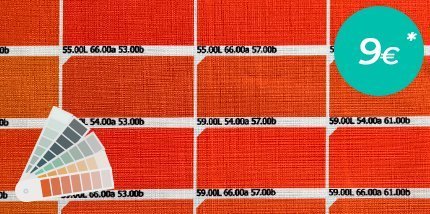

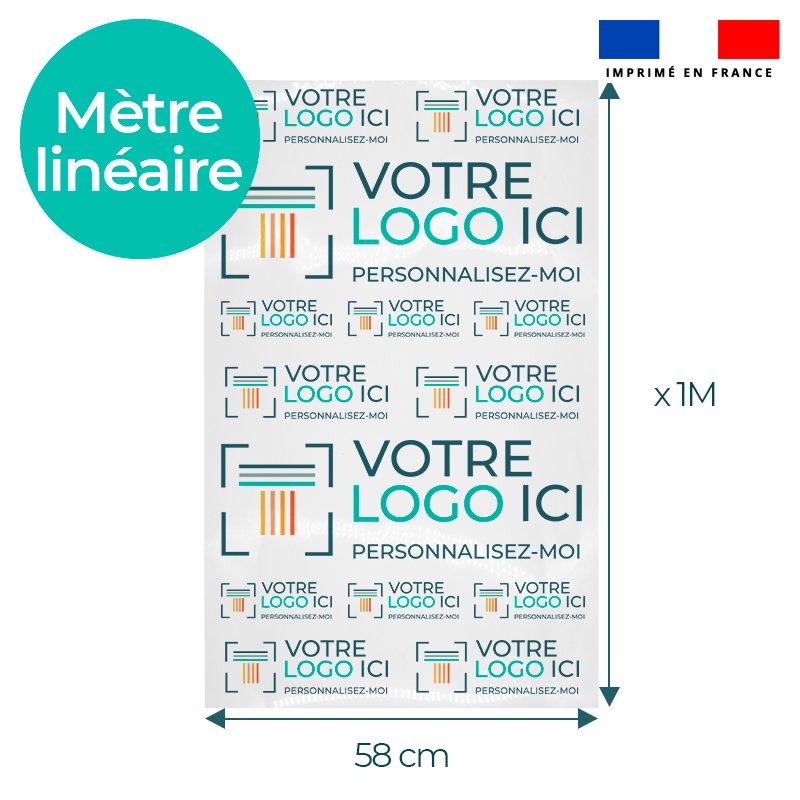
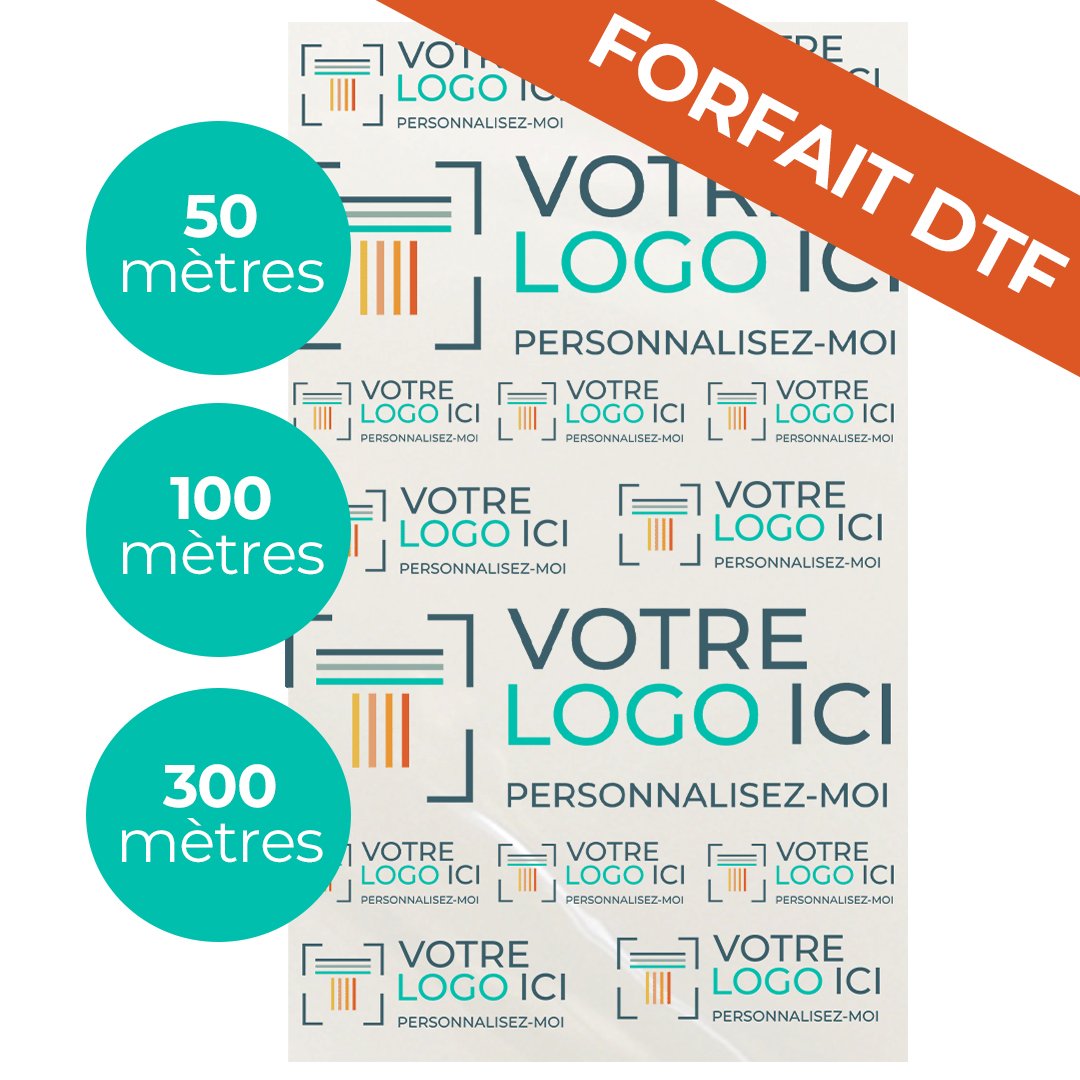
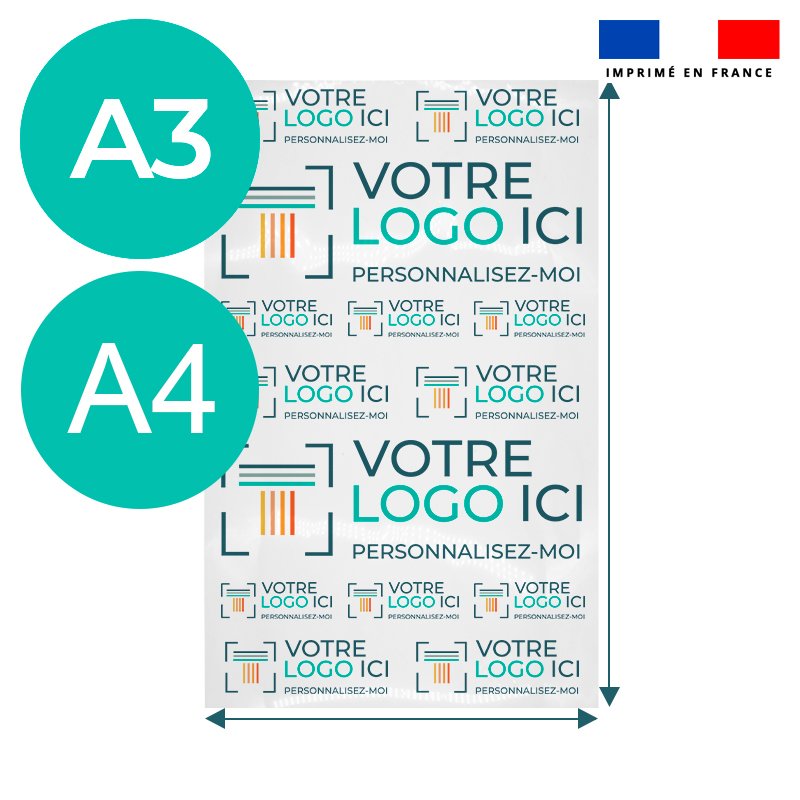

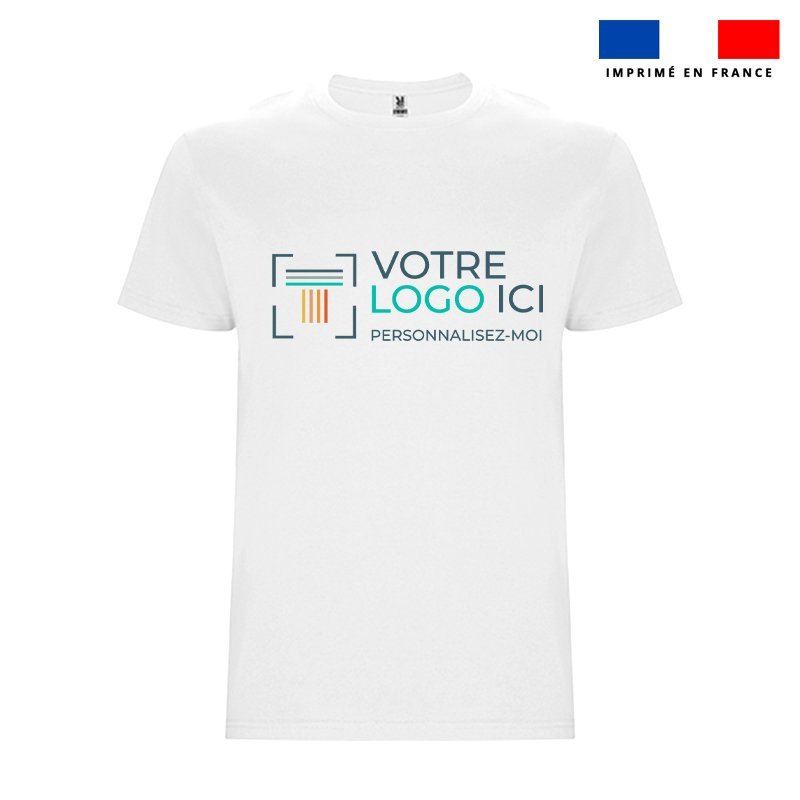
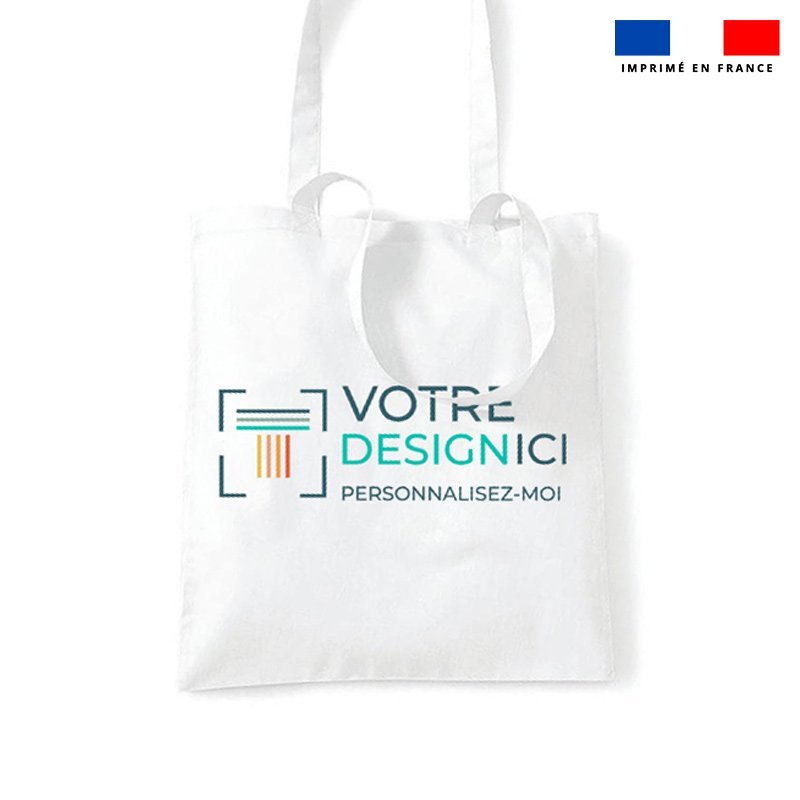
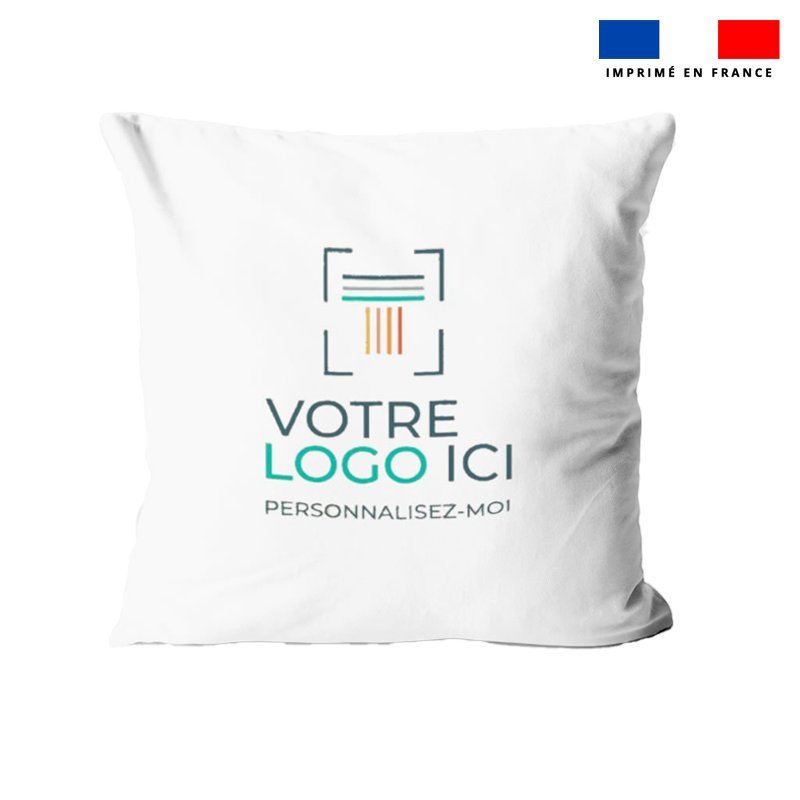
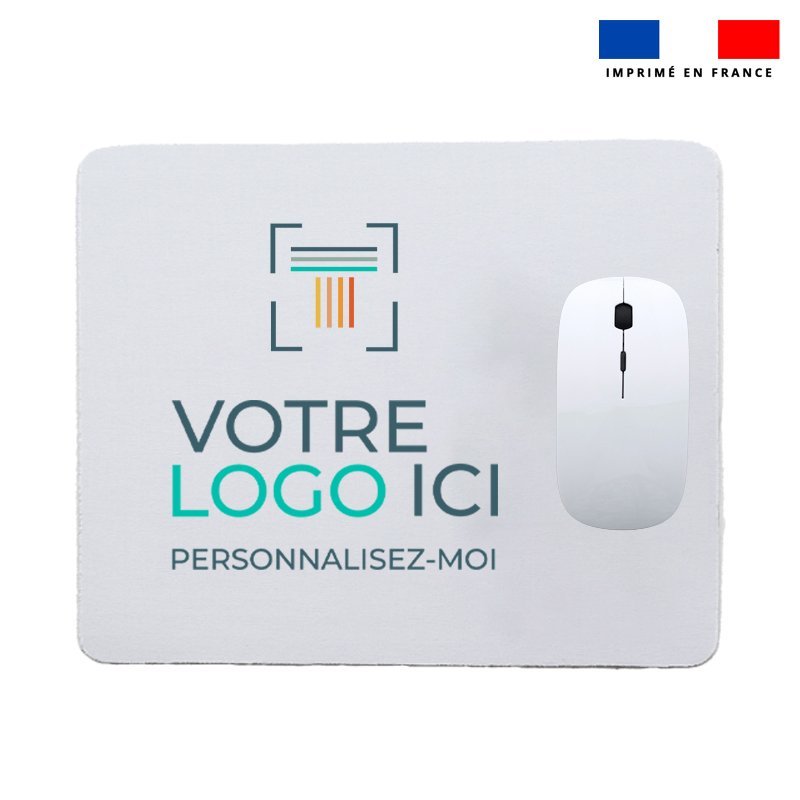
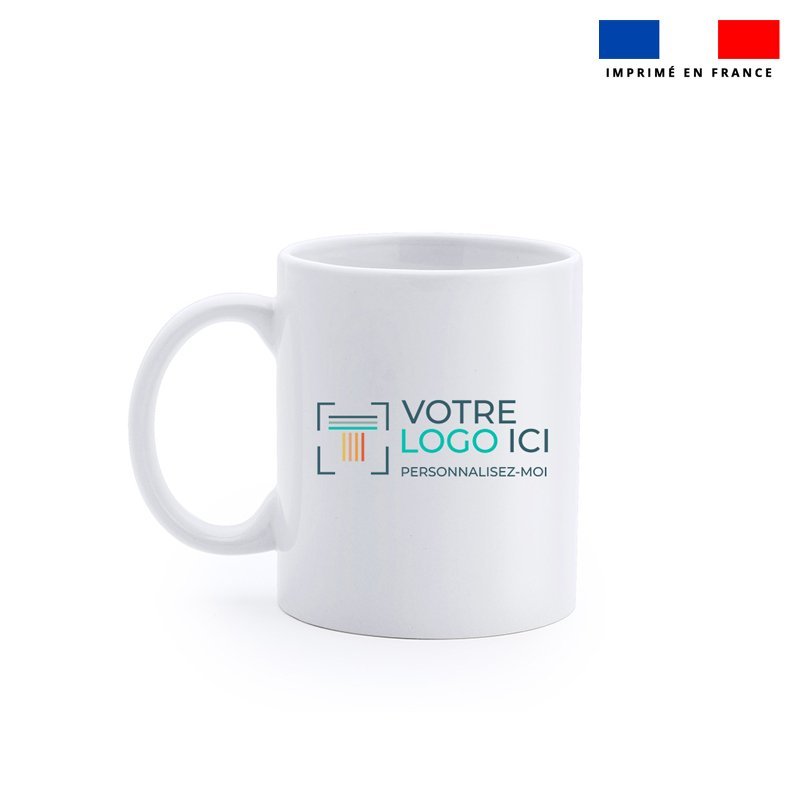
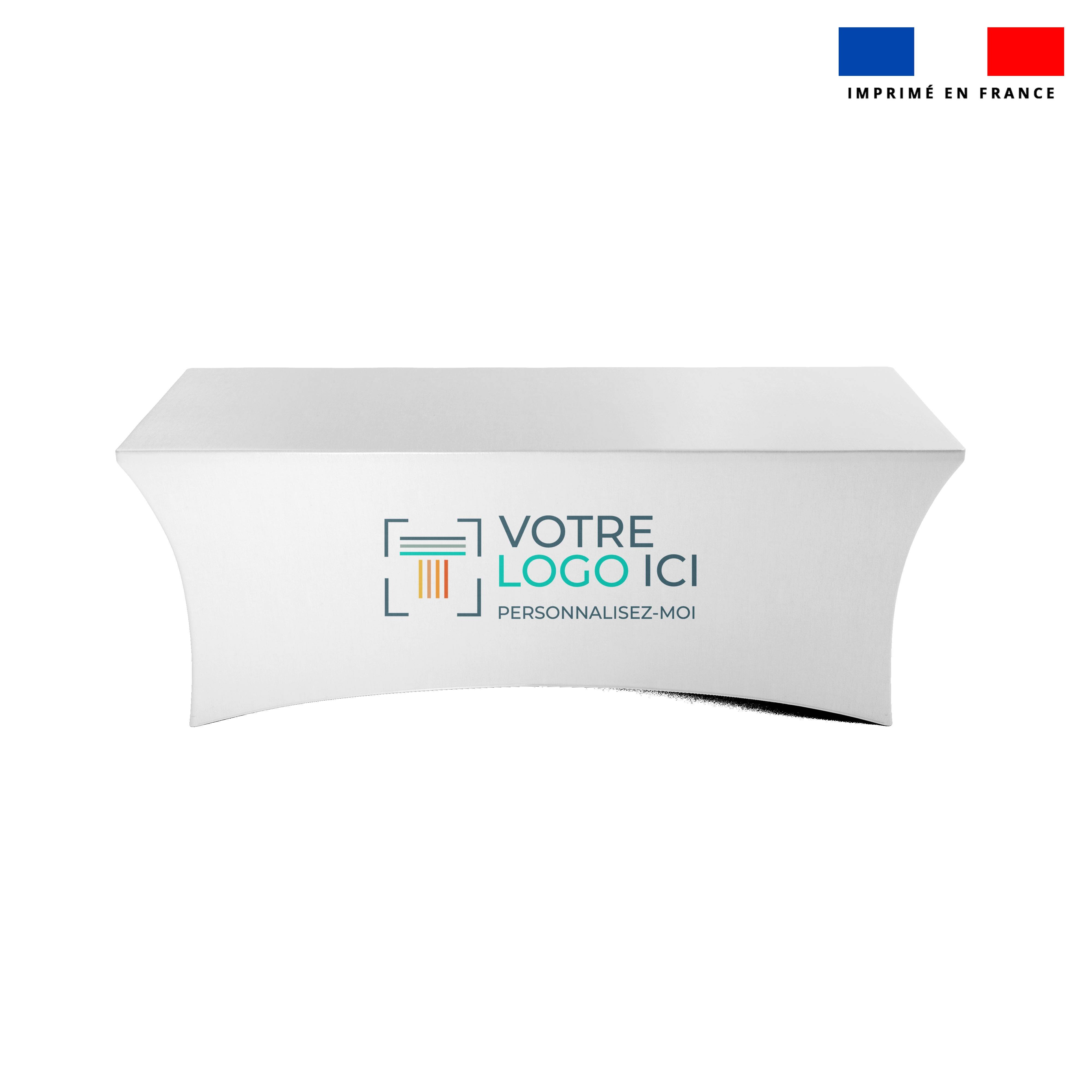
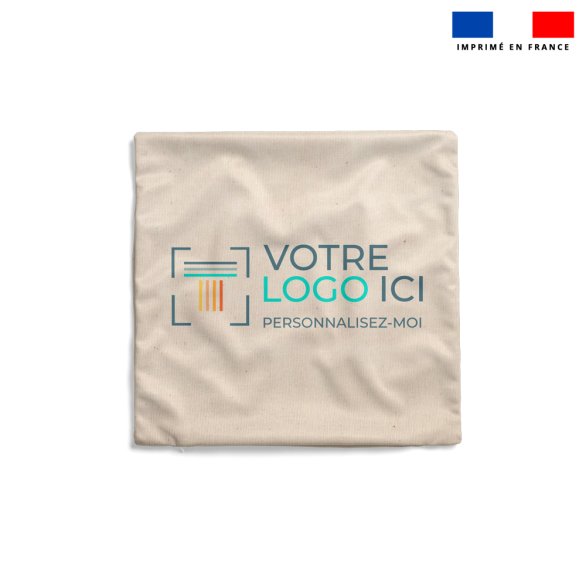
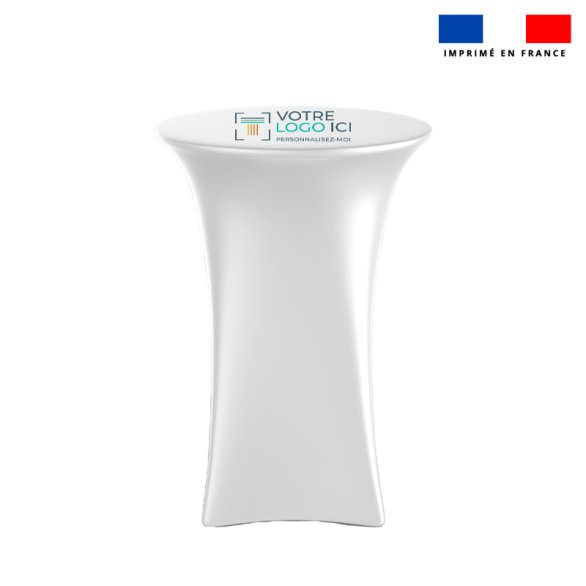

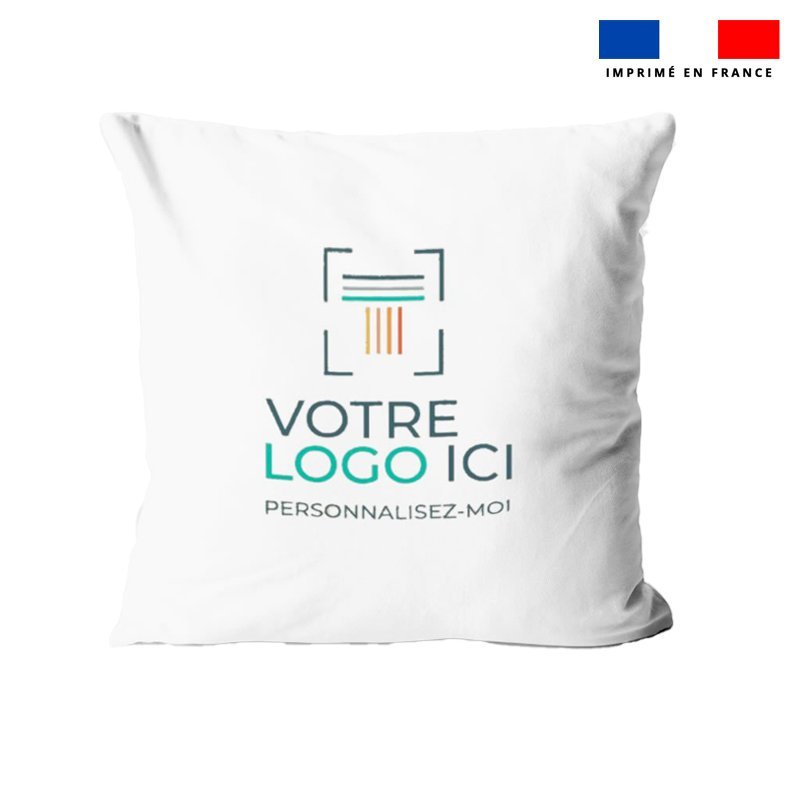
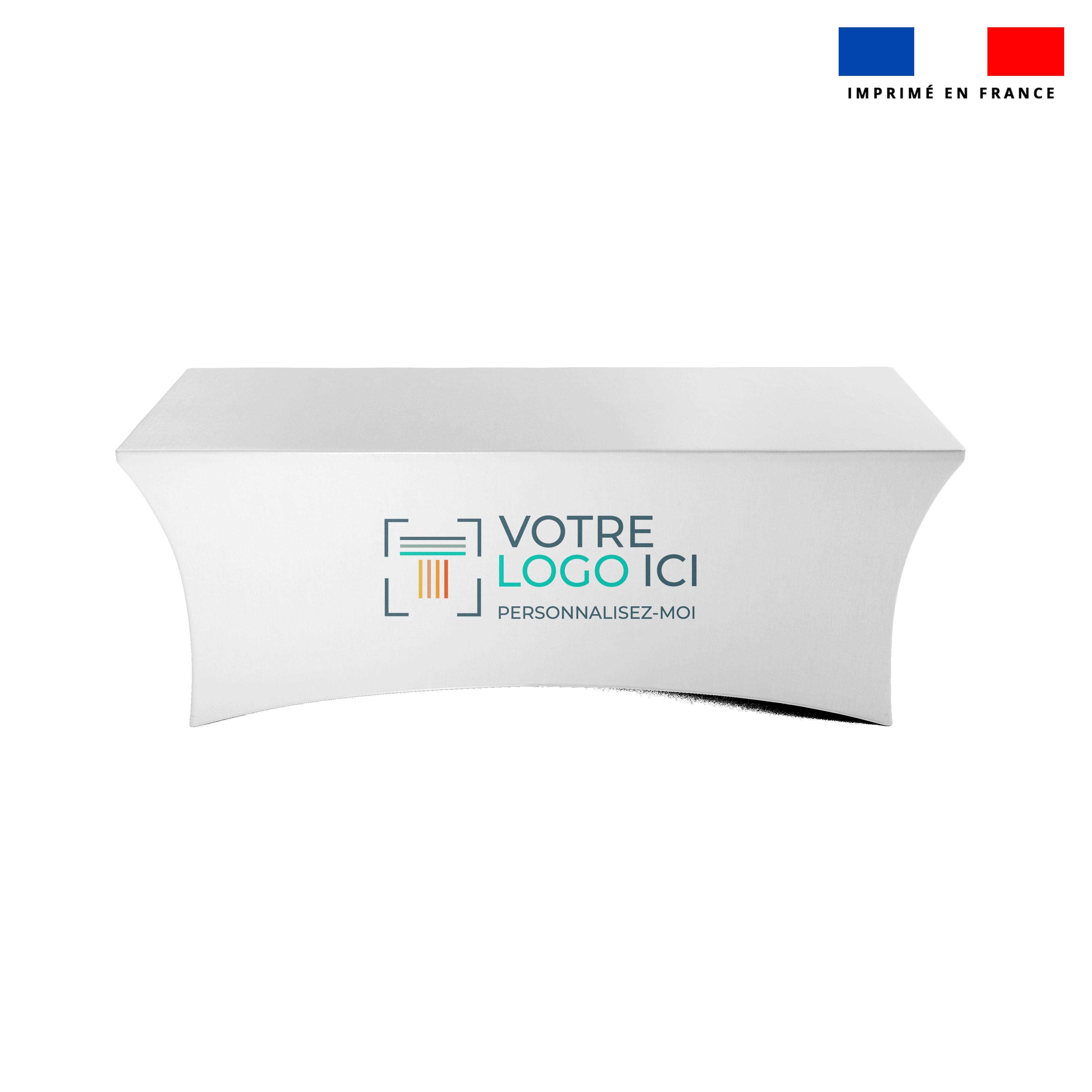
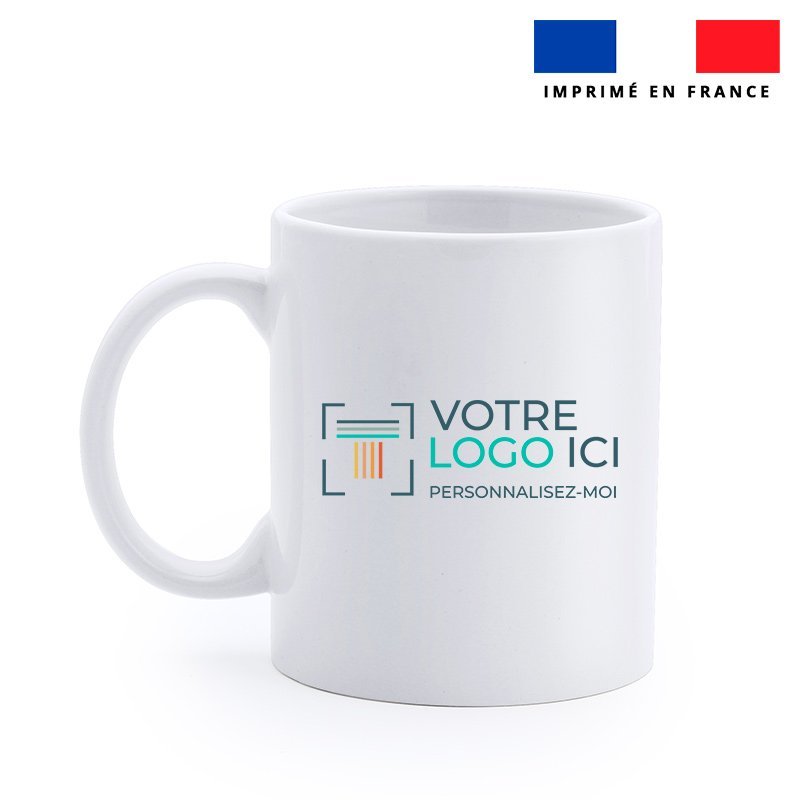
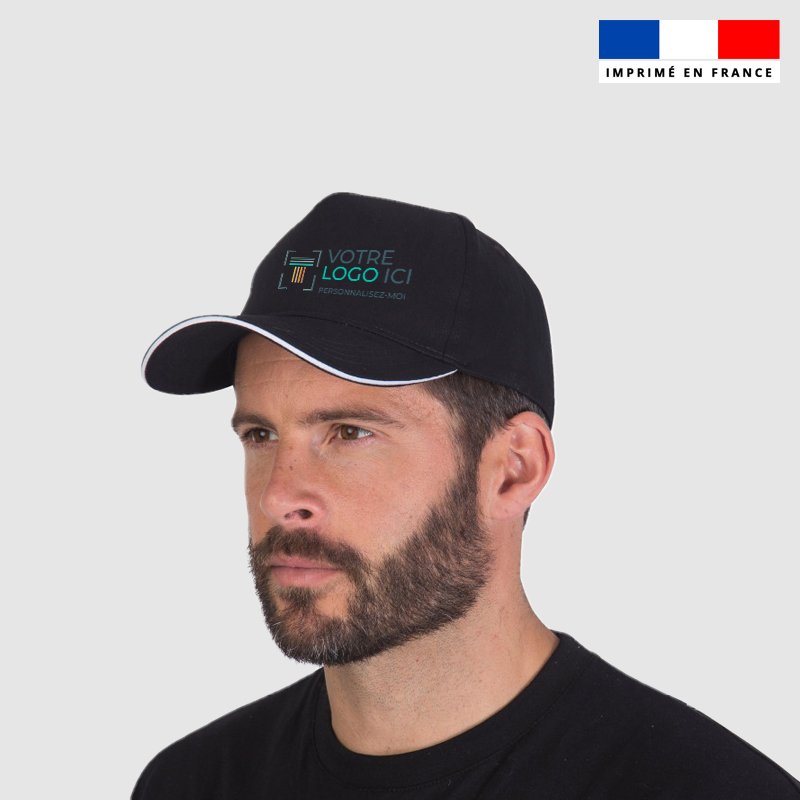
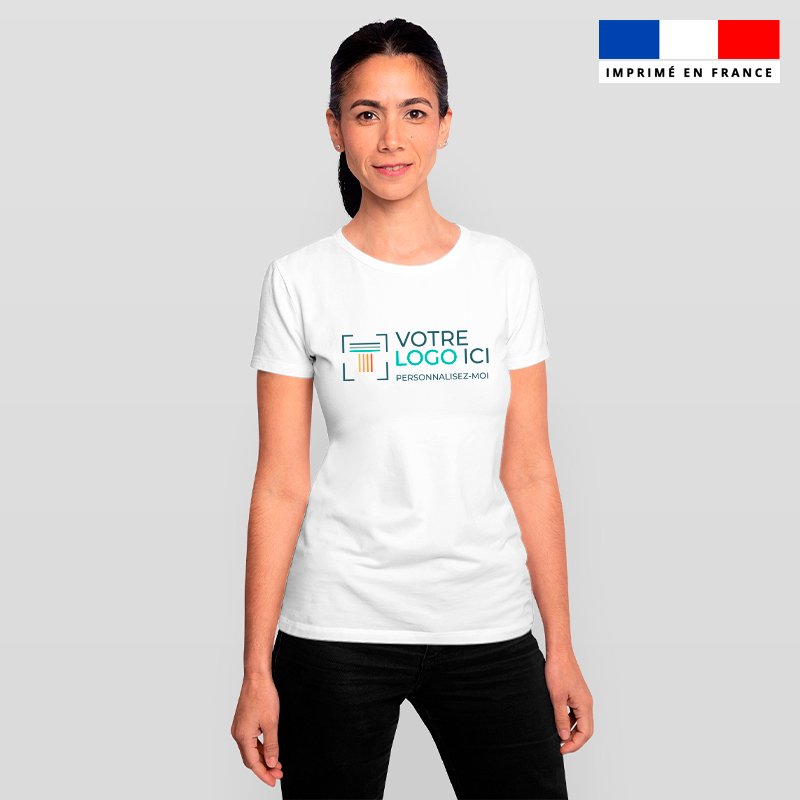
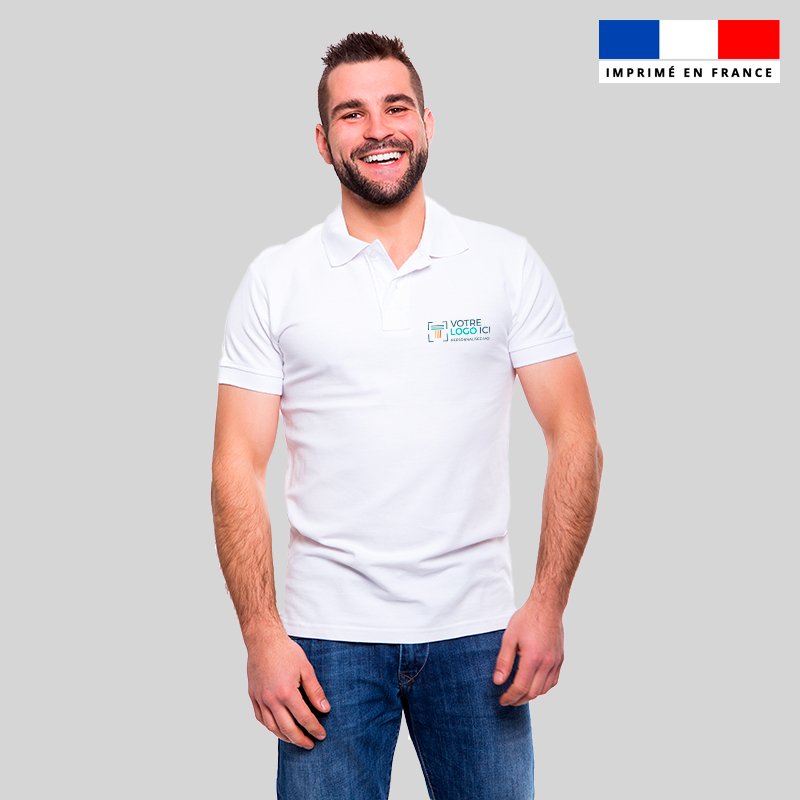
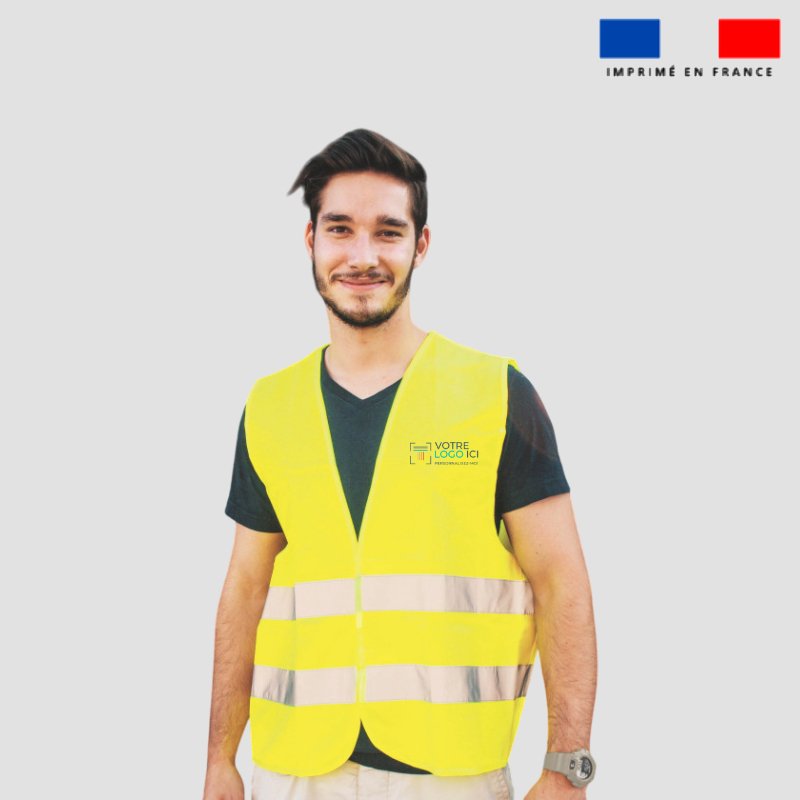
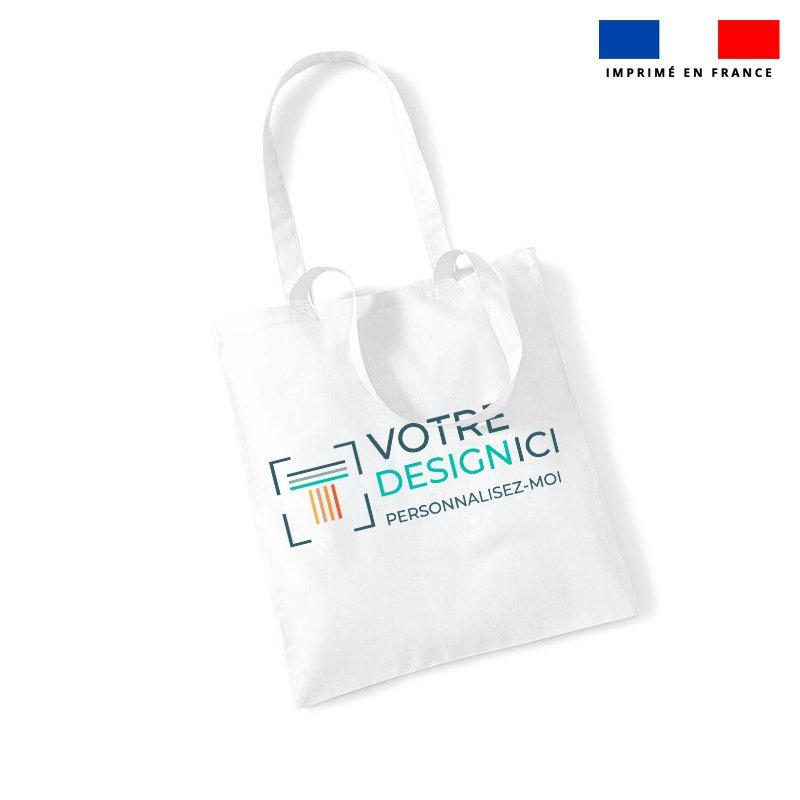
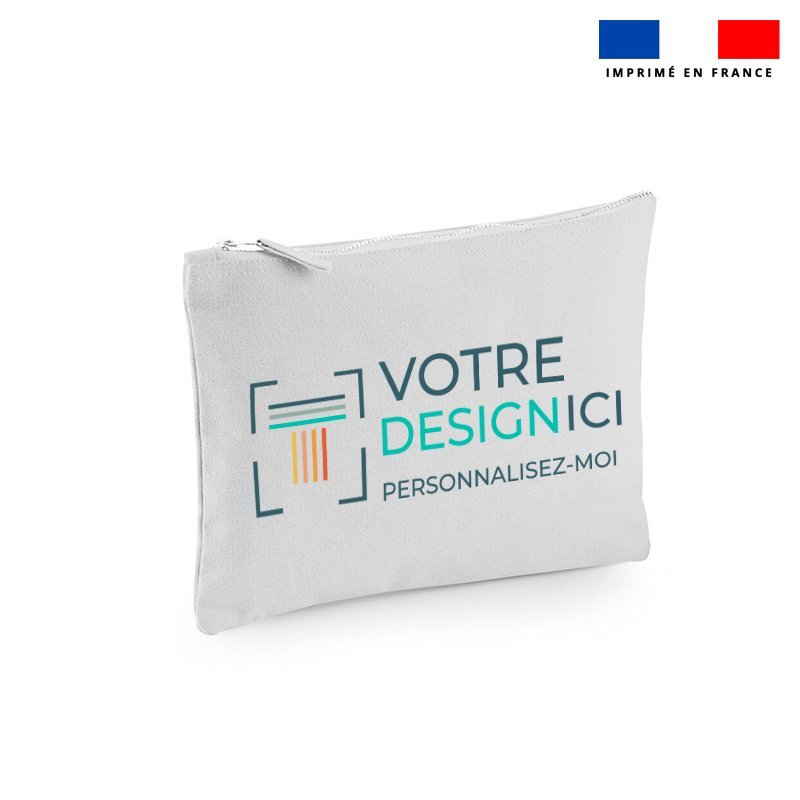
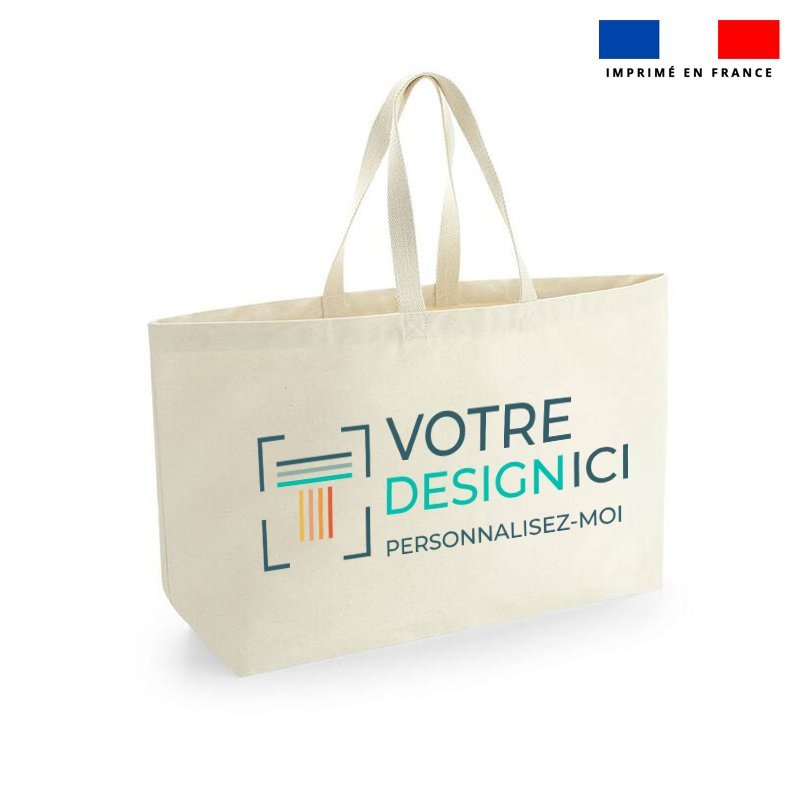
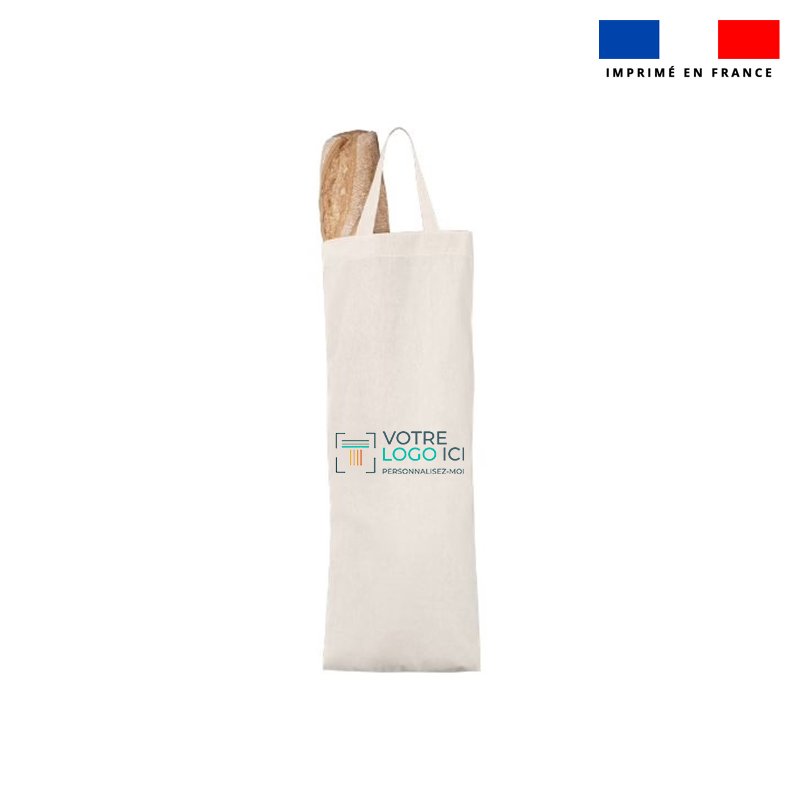
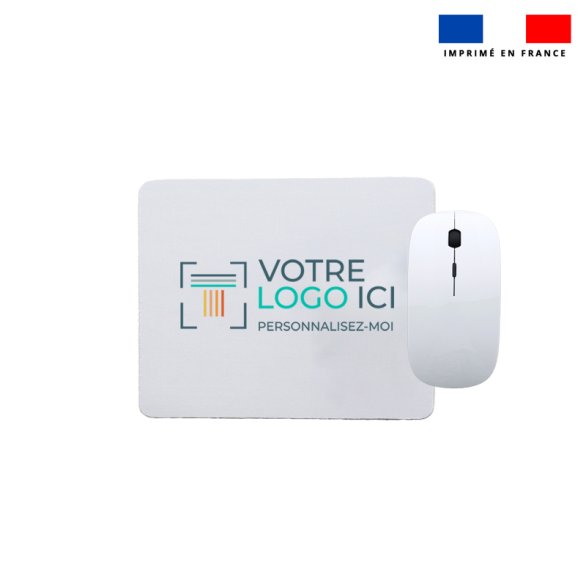
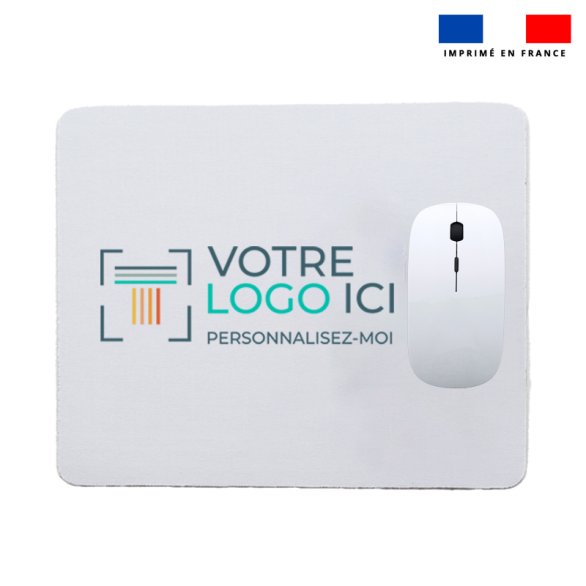
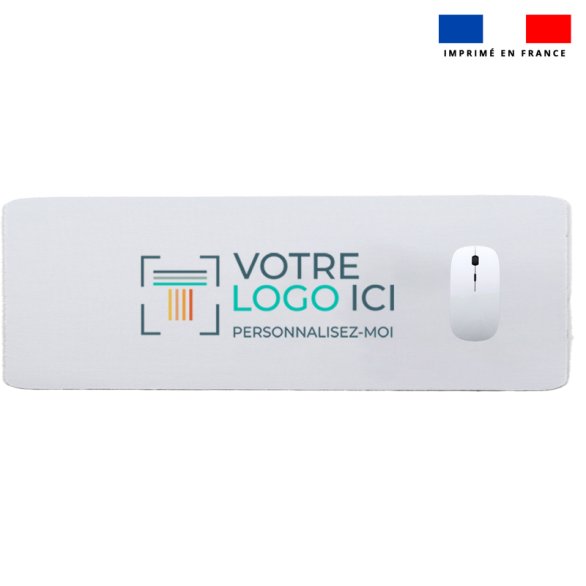
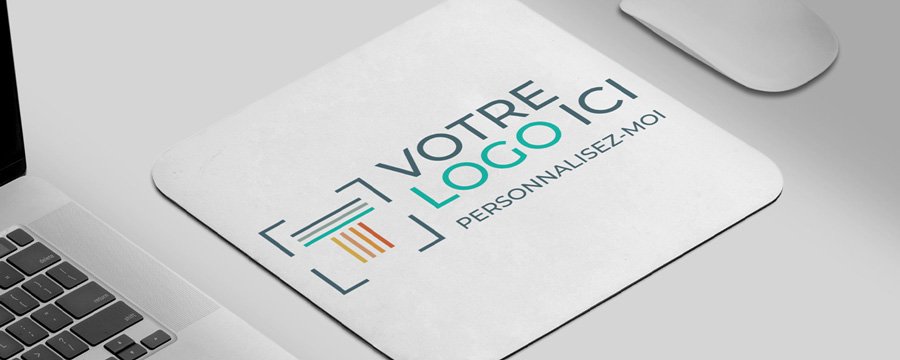
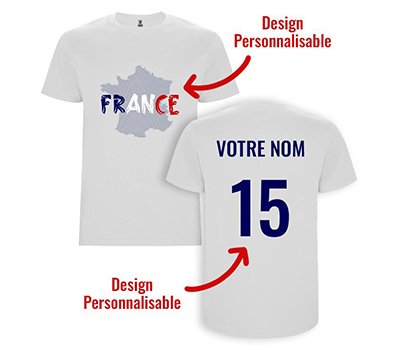
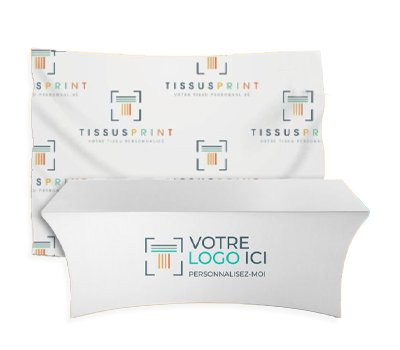
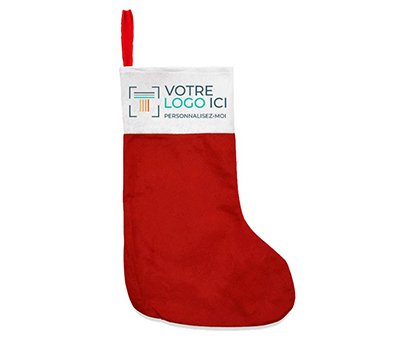
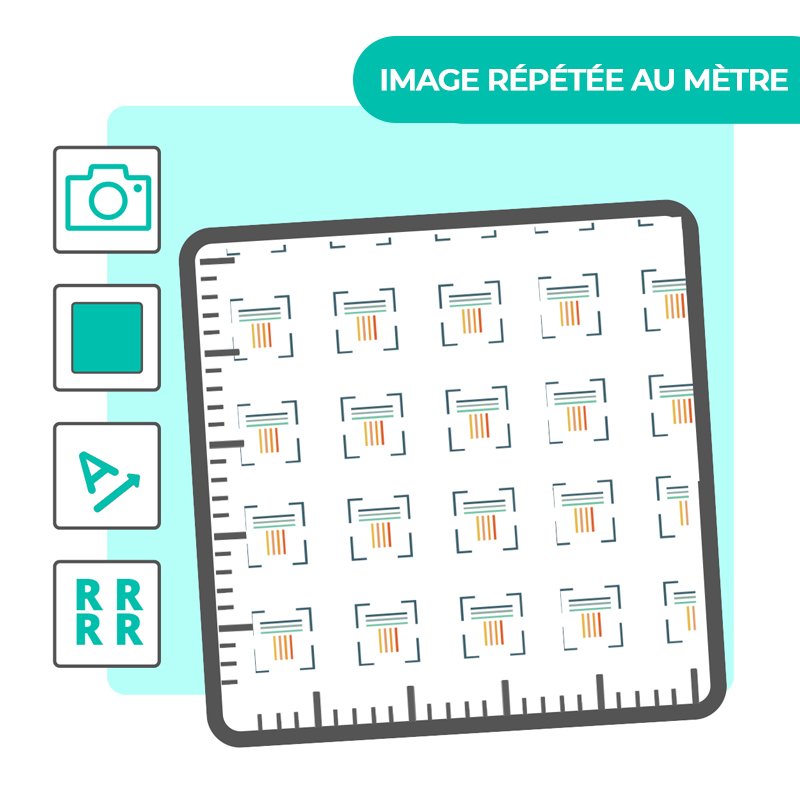
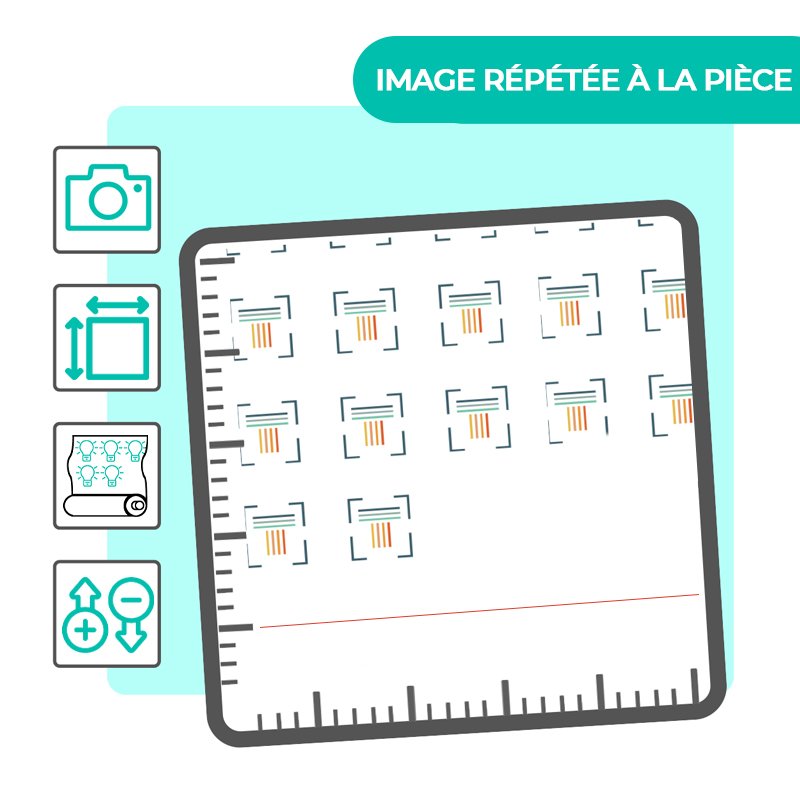
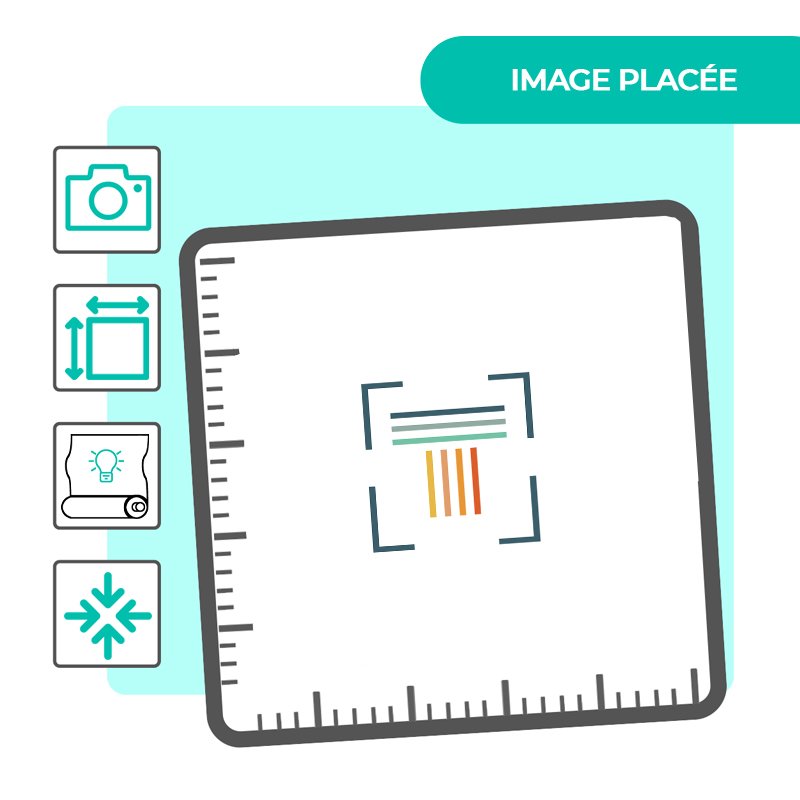
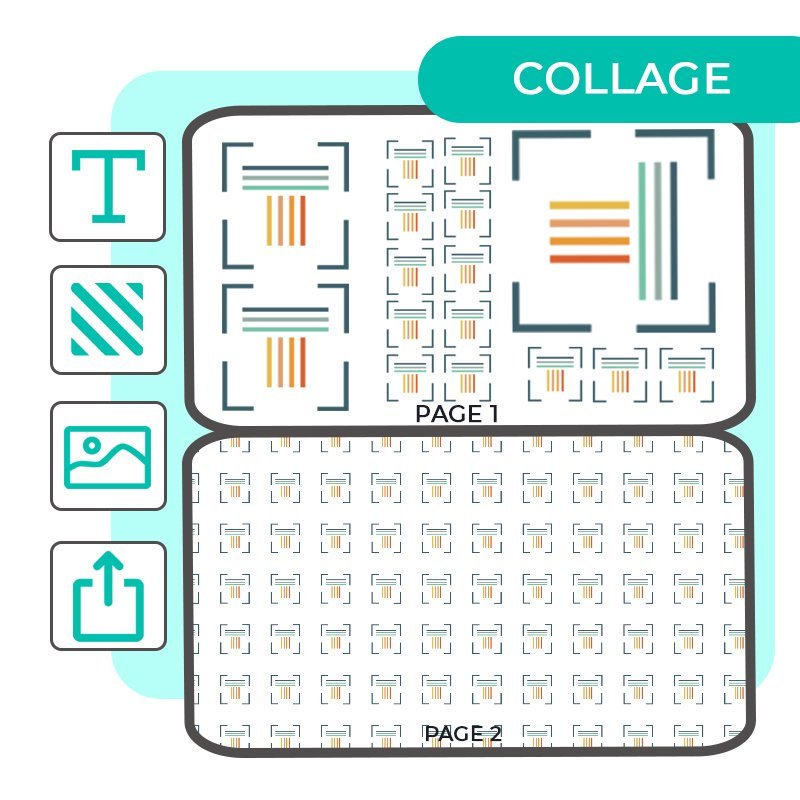
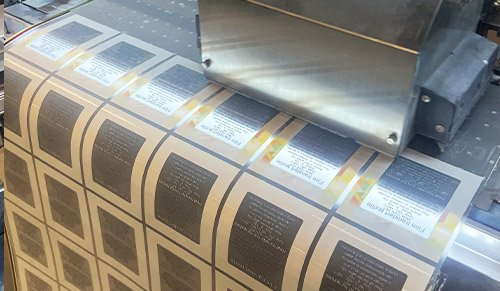
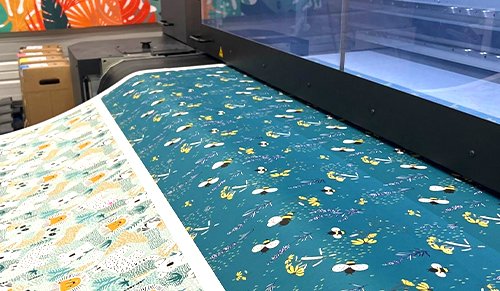
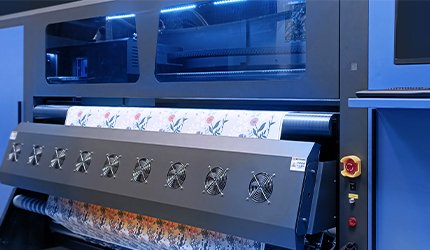

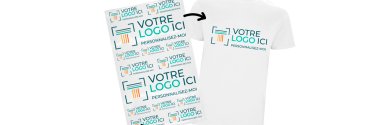
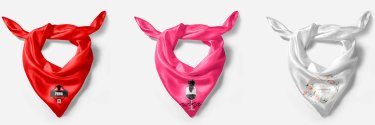
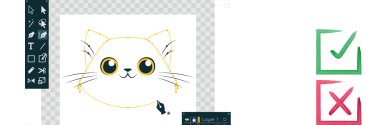

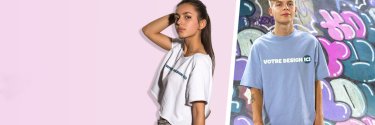

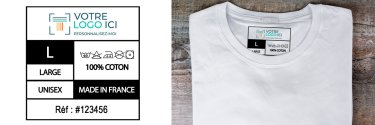
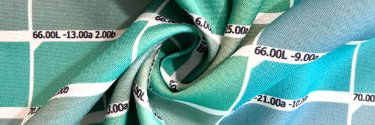


0 commentaires